Roseate spoonbills have a striking resemblance to flamingos, however, they are not the same. These birds are indigenous to the Americas and have a unique source for their large pink coloration. Although they can be found in zoos across the world, you may be fortunate enough to spot one in its natural habitat in the southernmost region of Florida. Uncover more fascinating facts about the roseate spoonbill below! Firstly, it is worth noting that these birds were once on the brink of extinction due to excessive hunting.

Currently, the status of roseate spoonbills is classified as “Least Concern”, indicating that they are not in danger of becoming extinct. However, this was not always the case. During the late 1800s and early 1900s, these birds were heavily hunted for their vibrant feathers and were almost driven to extinction. Previously, they had a wider distribution throughout North America, but due to excessive hunting, they now reside in only a few specific regions of the United States. Fortunately, their population has since recovered, and they are no longer facing the threat of extinction. It’s worth noting that roseate spoonbills possess a pink hue.
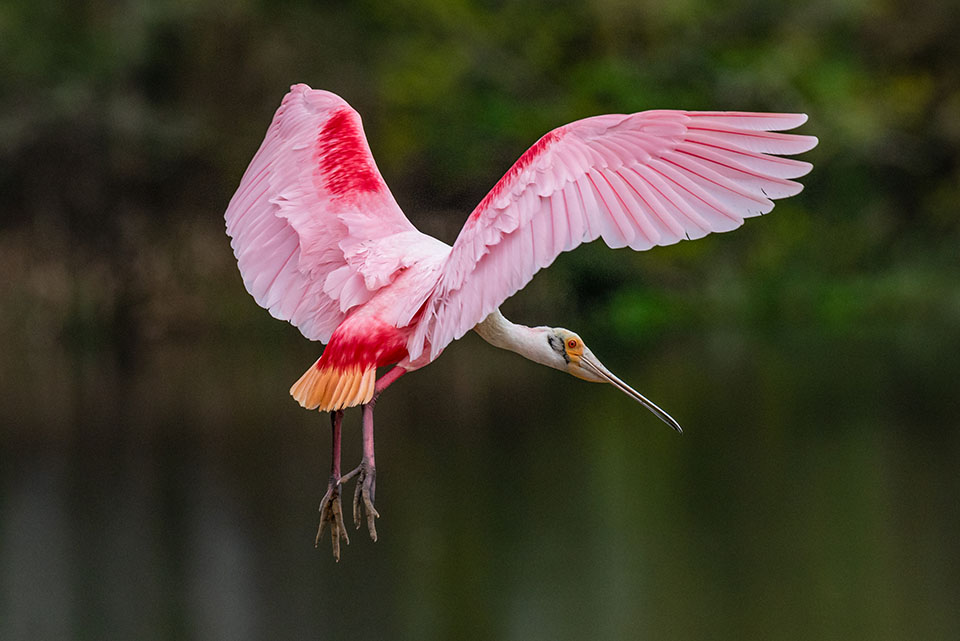
Similar to flamingos, the roseate spoonbills possess feathers that come in vibrant shades of pink, ranging from pale pink to red. Surprisingly, these colors are obtained from the crustaceans that they consume as part of their diet. These creatures contain carotenoid pigments, which results in the beautiful coloring of the bird’s plumage. Additionally, as the name suggests, the roseate spoonbill also features a distinct, spoon-like bill.
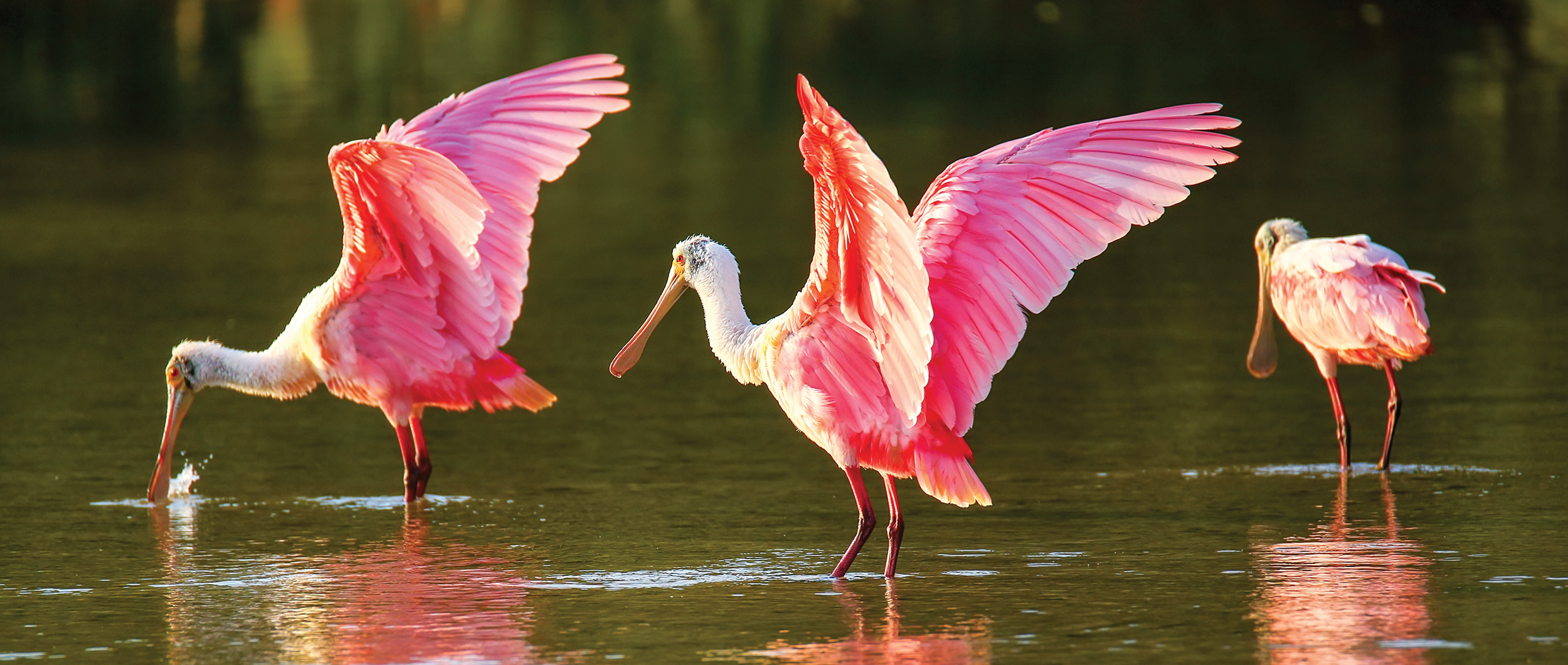
A variety of birds possess different types of beaks, depending on their dietary requirements. While sparrows have small, sturdy beaks, bald eagles and peregrine falcons possess hooked beaks that are perfect for hunting. However, one of the most fascinating facts about roseate spoonbills is that their beaks are wider at the tip than at the base, which is why they are called spoonbills. These beaks are ideally crafted to scoop up small creatures such as frogs, small fish, insects, and crustaceans from the water. In addition, roseate spoonbills are omnivores.
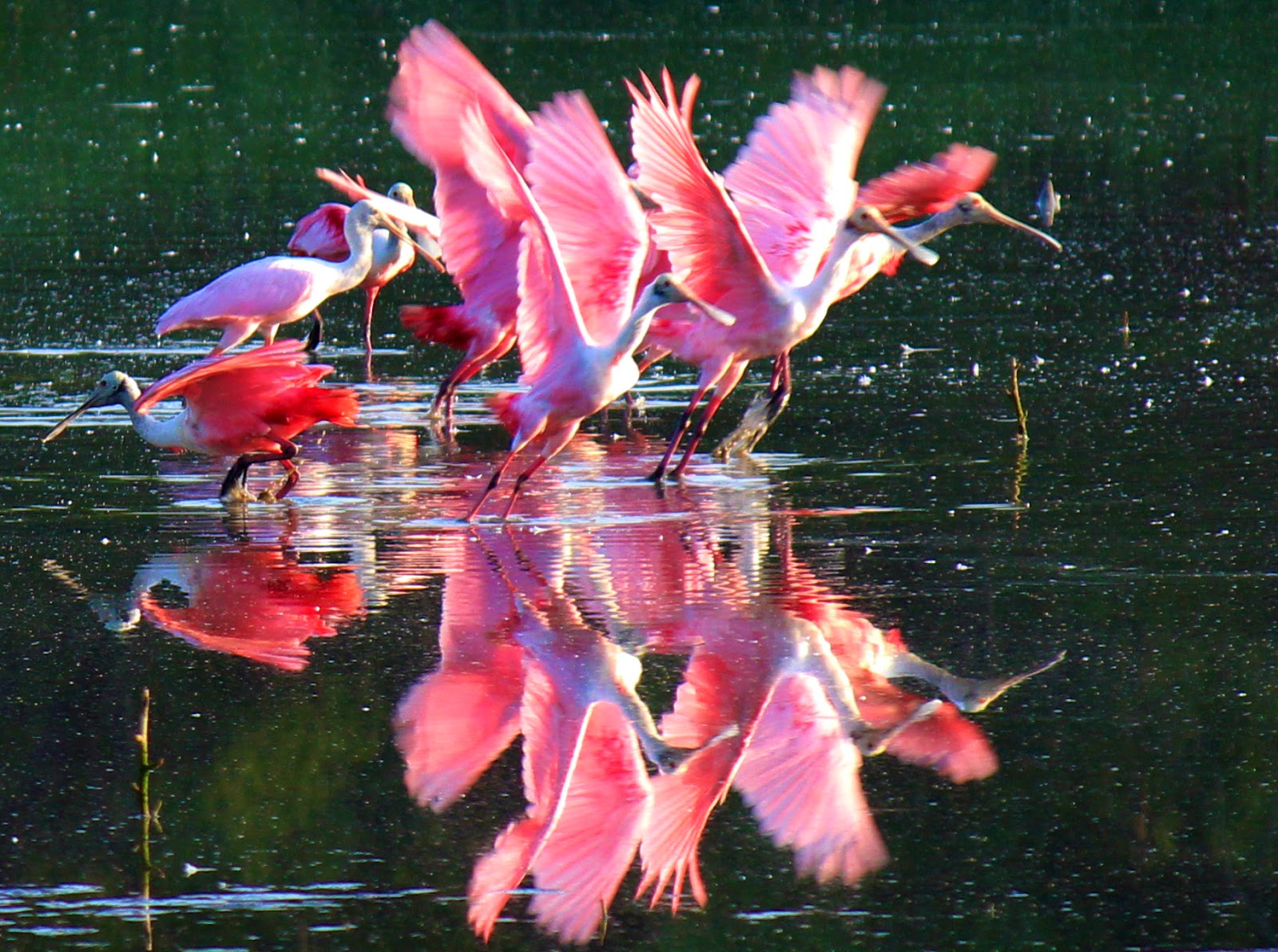
These birds have a diverse diet that includes not only small aquatic creatures but also plants. Unlike some other bird species, Roseate Spoonbills are true omnivores and consume both animal and plant matter. Other examples of omnivorous animals include bears, wolves, humans, and many primate species.
Additionally, Roseate Spoonbills tend to flock together in groups.
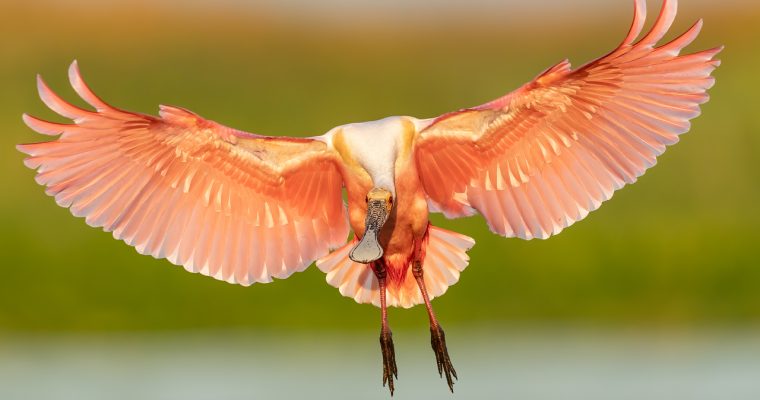
One fascinating fact about the roseate spoonbill is their sociable nature as they tend to gather in groups. These birds are highly gregarious and are often spotted wading in shallow waters alongside other members of their species. They also exhibit a similar flying pattern to geese, flying together in diagonal lines. However, when it comes to raising their young, they split off into pairs and co-parent their offspring.
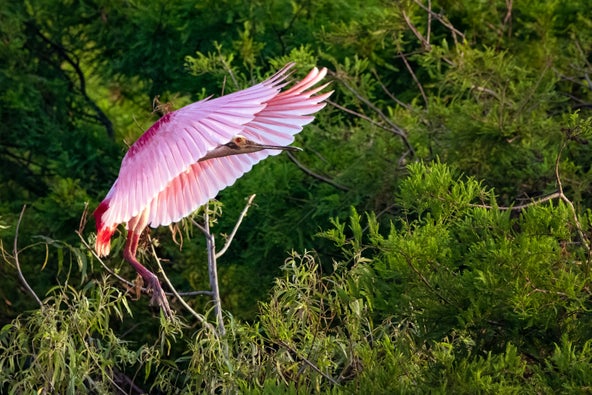
It is beneficial for baby roseate spoonbills to have two adult birds to take care of them. During mating season, they construct their nests on trees near water bodies or sometimes on islands to protect themselves from predators on the ground. These birds start breeding only after reaching three years of age and lay around 3-5 eggs in a clutch. Juveniles have a lighter color than adults and depend entirely on their parents for the first few months of their lives. Interestingly, one roseate spoonbill managed to live for 18 years.
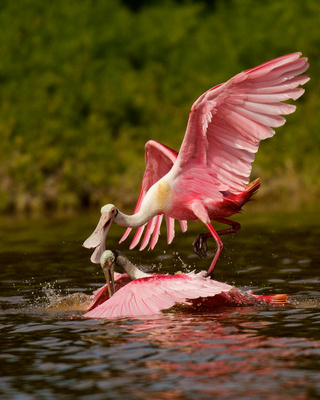
Did you know that the roseate spoonbill’s unique pink coloring makes them a popular sight in zoos all over the world? While they typically live up to 15 years in captivity, their wild counterparts have a shorter lifespan of around 10 years. However, there have been some exceptions, such as a tagged chick who was photographed 18 years later, still raising young. This remarkable bird holds the title of the oldest known roseate spoonbill, born in Everglades National Park in Florida. Another interesting fact about these birds is that they can be found living on three different continents.
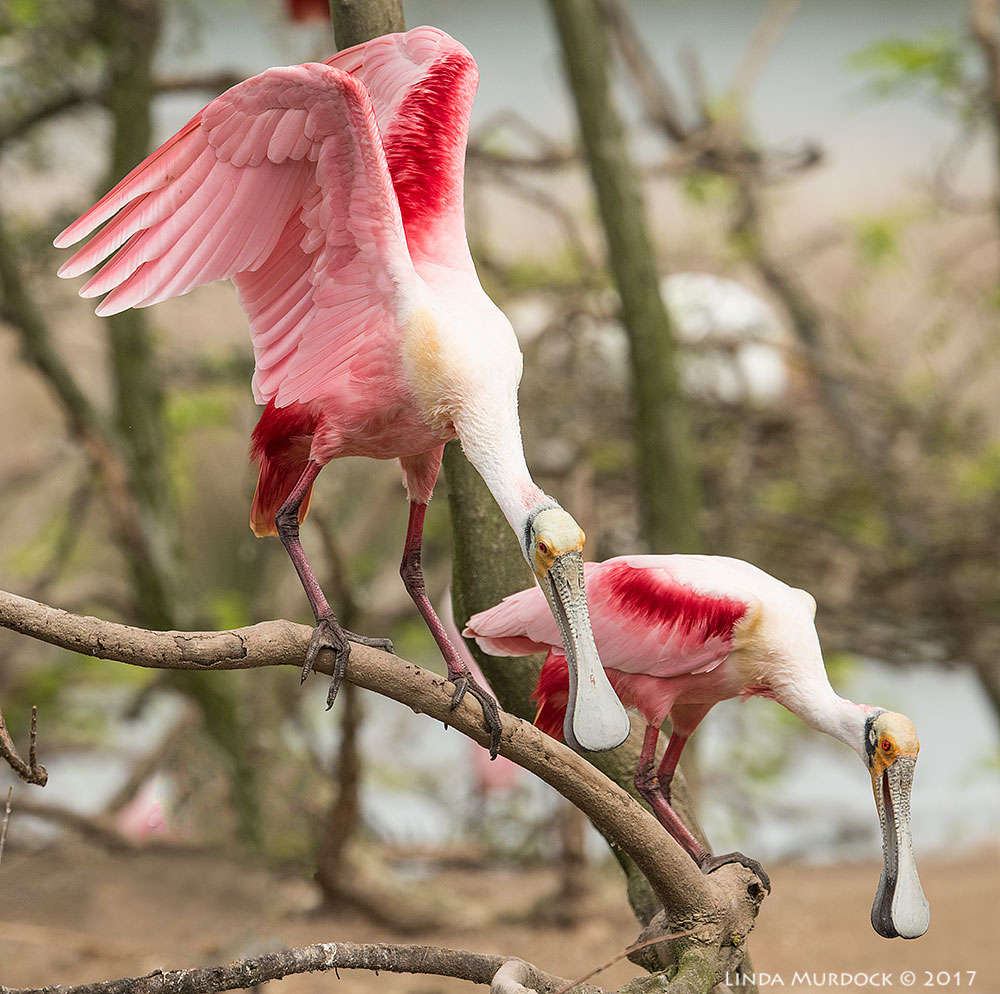
Did you know that Roseate Spoonbills can be found not only in North America but also in South and Central America? Although they are mainly located in the southern parts of North America, such as the tip of Florida, they have been spotted as far north as Virginia and South Carolina. In South America, they inhabit the eastern side of the Andes Mountains and the northernmost coast of the continent. Additionally, these vibrant birds can be found in most of coastal Central America and the Caribbean. Another interesting fact about Roseate Spoonbills is that they are larger than you might think!

Roseate spoonbills may not be as large as other birds like vultures, condors, albatross, or emus, but they are still considered sizeable. Adult spoonbills can stand between 28-34 inches tall and weigh about five pounds. Their wingspans can measure up to five feet across, and they have long, slender legs. What sets them apart is their distinctive bills, which are flattened and elongated, and their pink coloration. Both male and female spoonbills grow to roughly the same size. With their unique physical features, including their long legs and specialized bills, roseate spoonbills are well-equipped for living in shallow, warm waters. It’s worth noting that these birds are not related to flamingos.

One fascinating fact about the roseate spoonbill is that, despite their resemblance to flamingoes in color, they actually belong to a different bird family. The reason for their pink hue is due to their diet, which overlaps with that of flamingoes. Like flamingoes, young roseate spoonbills start off with paler coloring and develop bright pink and red hues as they mature. Differences in appearance can be attributed to various factors such as location, diet, age, and season.
